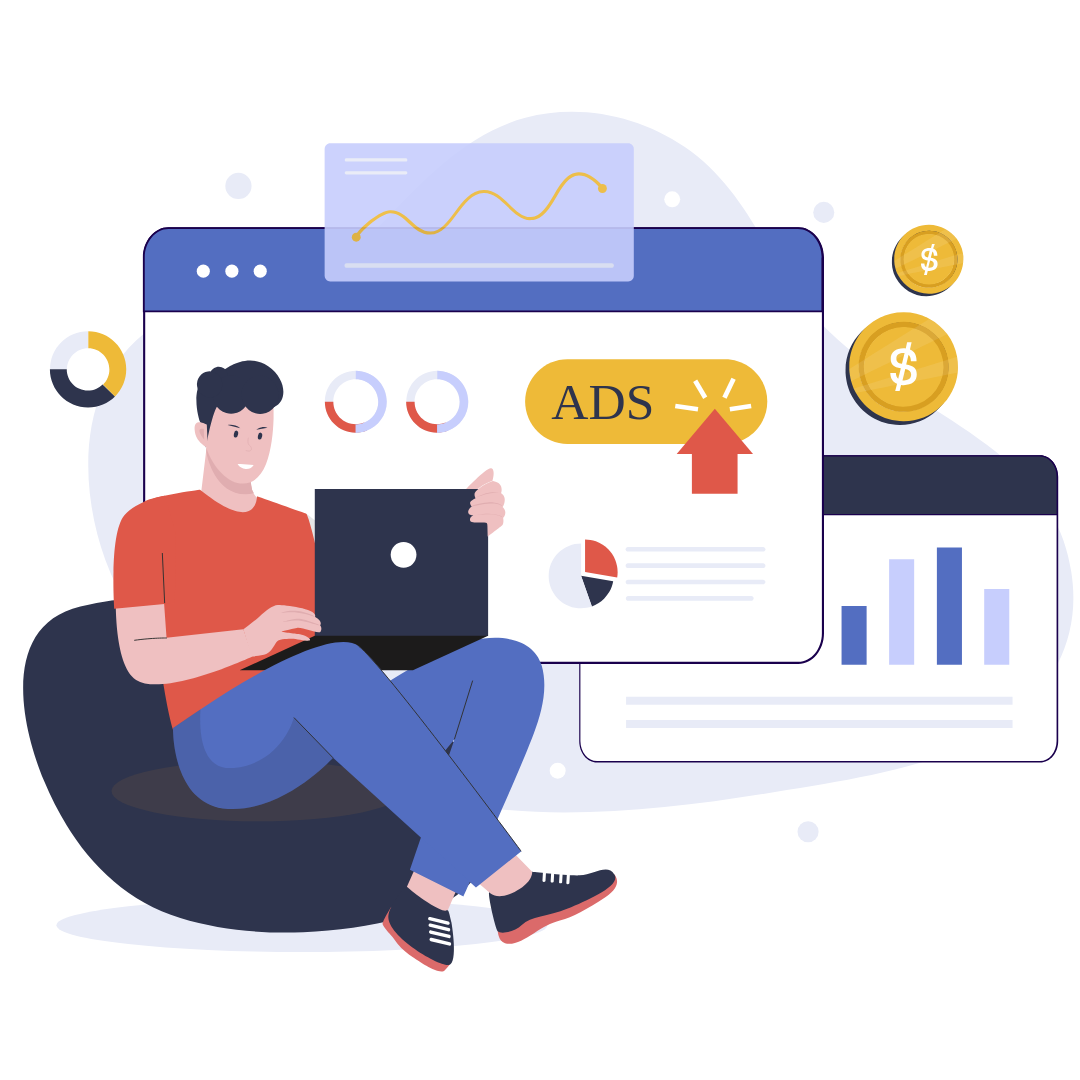The Power of Paid Advertising: How to Maximize ROI for Your Business
What is Paid Advertising?
Paid advertising, also known as pay-per-click (PPC) advertising, involves paying for ad placements on digital platforms such as search engines, social media networks, and websites. Unlike organic marketing efforts, which take time to build momentum, paid advertising delivers immediate visibility and traffic by placing your ads directly in front of your target audience.
There are several types of paid advertising, including:
-
Search Engine Advertising: The most common form of paid advertising, search engine ads (e.g., Google Ads) appear at the top of search engine results pages (SERPs) when users search for specific keywords.
-
Social Media Advertising: Platforms like Facebook, Instagram, LinkedIn, and Twitter offer paid ad placements that allow businesses to target users based on demographics, interests, and behaviors.
-
Display Advertising: Display ads are visual ads (e.g., banners) that appear on websites, apps, or social media platforms. These ads are often used for brand awareness and retargeting.
-
Video Advertising: Video ads are displayed before, during, or after online video content on platforms like YouTube or social media channels.
-
Native Advertising: Native ads blend seamlessly with the content of a website or platform, making them less intrusive and more engaging for users.
-
Affiliate Marketing: In affiliate marketing, businesses pay affiliates (partners) a commission for driving traffic or sales through their referral links.
The Benefits of Paid Advertising
Paid advertising offers several key advantages for businesses looking to grow their online presence and drive sales:
-
Immediate Results: Unlike organic strategies that take time to show results, paid advertising delivers immediate visibility and traffic. Once your campaign is live, your ads can start appearing to your target audience within minutes.
-
Precise Targeting: Paid advertising platforms offer advanced targeting options that allow you to reach specific segments of your audience based on demographics, location, interests, behaviors, and more. This precision ensures that your ads are seen by the people most likely to convert.
-
Scalability: Paid advertising campaigns can be easily scaled up or down based on your budget and goals. Whether you’re looking to run a short-term campaign or invest in long-term advertising, paid ads provide flexibility in spending and scope.
-
Measurable Results: One of the biggest advantages of paid advertising is the ability to track and measure campaign performance in real-time. You can monitor key metrics such as click-through rate (CTR), conversion rate, cost per click (CPC), and return on ad spend (ROAS) to assess the effectiveness of your ads and make data-driven decisions.
-
Brand Awareness: Even if users don’t immediately click on your ads, repeated exposure to your brand through paid advertising can help build brand awareness and recognition over time. This can be especially valuable for new businesses or those entering new markets.
-
Enhanced Retargeting: Paid advertising allows you to retarget users who have previously interacted with your website or social media profiles but didn’t convert. Retargeting ads can help re-engage these potential customers and encourage them to complete a purchase.
How to Maximize ROI from Paid Advertising
While paid advertising can be highly effective, it’s essential to manage your campaigns strategically to maximize ROI. Here are some tips to help you get the most out of your paid advertising efforts:
-
Set Clear Goals: Before launching any paid advertising campaign, define clear goals that align with your overall business objectives. Are you looking to increase website traffic, generate leads, boost sales, or raise brand awareness? Setting specific, measurable goals will help you track progress and optimize your campaigns for success.
-
Choose the Right Platforms: Not all advertising platforms are created equal. Choose the platforms that best align with your target audience and business goals. For example, if you’re targeting a professional audience, LinkedIn might be more effective than Instagram. Similarly, if your goal is to drive e-commerce sales, Google Shopping ads could be more beneficial than display ads.
-
Conduct Keyword Research: For search engine advertising, keyword research is crucial. Identify high-intent keywords that your target audience is likely to search for, and optimize your ad copy and landing pages around these keywords. Use tools like Google Keyword Planner or SEMrush to find relevant keywords with a good balance of search volume and competition.
-
Craft Compelling Ad Copy: Your ad copy is the first thing users see, so it needs to be engaging and persuasive. Highlight the unique value proposition of your product or service, include a clear call-to-action (CTA), and make sure your copy aligns with the intent of the user’s search or browsing behavior.
-
Design High-Quality Visuals: For display, social media, and video ads, high-quality visuals are essential. Invest in professional design or photography to create eye-catching ads that stand out from the competition. Ensure that your visuals are consistent with your brand’s identity and message.
-
Optimize Landing Pages: The effectiveness of your paid ads doesn’t stop with the click. Ensure that the landing pages users are directed to are optimized for conversions. This means having clear, relevant content, fast load times, mobile responsiveness, and a strong CTA that guides users towards the desired action.
-
A/B Testing: A/B testing involves running different versions of your ads to see which performs better. Test different elements such as headlines, ad copy, visuals, CTAs, and landing pages to determine what resonates most with your audience. Use the insights from A/B testing to continuously refine and improve your campaigns.
-
Monitor and Adjust: Regularly monitor the performance of your paid advertising campaigns using analytics tools. Track key metrics such as CTR, CPC, conversion rate, and ROAS to assess the effectiveness of your ads. Be prepared to adjust your targeting, bidding strategy, ad creative, and budget based on the data to maximize ROI.
-
Utilize Retargeting: Retargeting ads are a powerful way to re-engage users who have previously interacted with your brand. Set up retargeting campaigns to remind users of your product or service, offer special promotions, or encourage them to complete their purchase.
-
Budget Wisely: Start with a budget that allows you to test different strategies without overspending. As you identify which ads and platforms perform best, allocate more budget to those areas to maximize your ROI. Avoid spreading your budget too thin across too many platforms or campaigns.
Common Paid Advertising Pitfalls to Avoid
While paid advertising can be highly effective, there are some common mistakes that can reduce your ROI:
-
Ignoring Audience Segmentation: Failing to segment your audience can result in wasted ad spend. Always tailor your ads to specific audience segments to ensure relevance and effectiveness.
-
Overlooking Mobile Optimization: With more users browsing on mobile devices, it’s essential to ensure that your ads and landing pages are mobile-friendly. A poor mobile experience can lead to high bounce rates and lost conversions.
-
Neglecting Ad Frequency: Showing the same ad too often can lead to ad fatigue, where users become tired of seeing your ad and start ignoring it. Monitor ad frequency and refresh your creative regularly to keep your audience engaged.
-
Failing to Track Conversions: Without proper conversion tracking, it’s impossible to measure the success of your campaigns accurately. Set up conversion tracking in your ad platforms and Google Analytics to gain insights into how users are interacting with your ads.
-
Not Testing Enough: Relying on a single ad variation can limit your ability to optimize performance. Continuously test different elements of your campaigns to discover what works best for your audience.
Conclusion: Harness the Power of Paid Advertising
Paid advertising is a powerful tool that can deliver immediate results and help your business achieve its marketing goals. By setting clear objectives, choosing the right platforms, crafting compelling ads, and continuously optimizing your campaigns, you can maximize your ROI and drive meaningful growth for your business.
Whether you’re new to paid advertising or looking to enhance your existing strategy, gigabyte-inc is here to help. Our team of experts can guide you through the complexities of paid advertising, from keyword research and ad creation to campaign management and performance analysis. Contact us today to learn how we can help you leverage paid advertising to grow your business.








Popular Comments